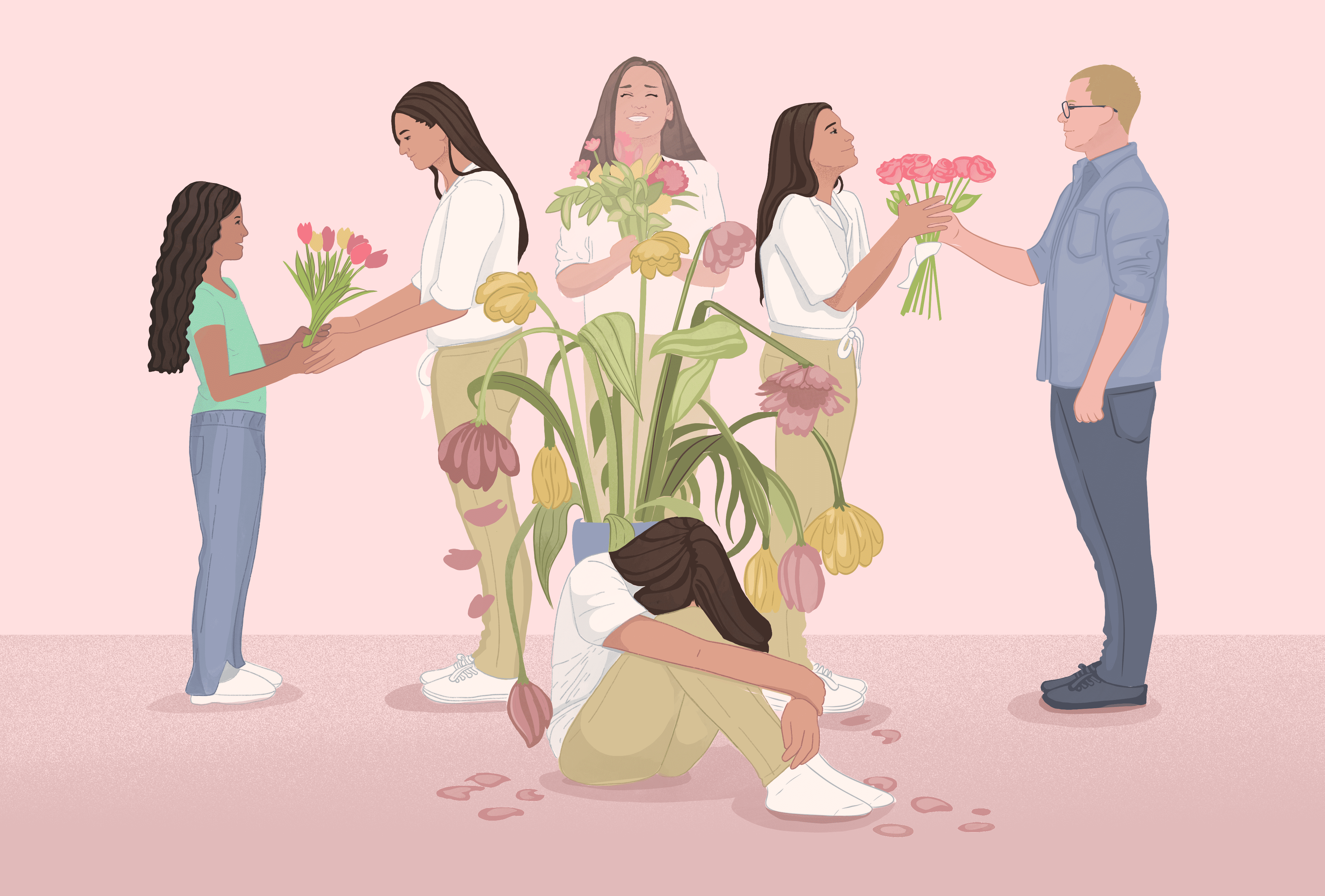The term fawn response is increasingly recognized in discussions about trauma and survival behaviors. But what is the fawn response, and where does it come from? In this article, we will delve into the origins of this response, explaining it in simple words. Our goal is to make this complex topic easy to understand while ensuring the information is detailed and comprehensive.
What is the Fawn Response?
The fawn response is a type of survival behavior that some people develop in reaction to trauma or ongoing stress. It involves trying to please others to avoid conflict, feel safe, and gain approval. This behavior is often seen in people who have experienced abuse or neglect, especially during childhood.
Why Do People Develop the Fawn Response?
The fawn response develops as a coping mechanism. When faced with danger, humans typically respond with fight, flight, or freeze. However, in some situations, especially in environments of ongoing trauma, these responses may not be effective. Instead, a person might learn to placate their abuser or source of stress to stay safe. This behavior is a way of saying, “If I make you happy, you won’t hurt me.You can aslo read What Is Lakey Pechar? Exploring the Hidden Gem
How Does the Fawn Response Work?
The Psychological Aspect
Psychologically, the fawn response involves:
Hyper-awareness: Being extremely sensitive to others’ moods and needs.
Self-neglect: Ignoring one’s own needs to focus on pleasing others.
Avoidance of conflict: Going out of one’s way to prevent arguments or confrontations.
People-pleasing: Doing whatever it takes to make others happy, even at one’s own expense.
The Biological Aspect
Biologically, the fawn response is linked to the body’s stress response system. When someone experiences trauma, their brain can become wired to expect danger. This heightened state of alertness makes them more likely to engage in behaviors that they believe will keep them safe, such as pleasing others.
What Are the Signs of the Fawn Response?
Behavioral Signs
Difficulty saying no: Always agreeing to others’ requests, even when it’s inconvenient or harmful.
Lack of boundaries: Allowing others to dictate one’s actions and feelings.
Constant apologizing: Saying sorry often, even when it’s not necessary.
Suppressed emotions: Hiding true feelings to avoid upsetting others.
Emotional Signs
- Anxiety: Feeling worried about upsetting others or causing conflict.
- Low self-esteem: Valuing others’ opinions more than one’s own.
- Guilt: Feeling guilty for having needs or desires.
- Confusion: Not knowing what one truly wants or needs.
How to Recognize the Fawn Response in Yourself or Others
Recognizing the fawn response involves self-reflection and observation. Ask yourself or observe if you:
- Often feel the need to make others happy.
- Avoid conflict at all costs.
- Apologize frequently.
- Have trouble asserting your needs and desires.
What Causes the Fawn Response?
Childhood Trauma
Many people with the fawn response experienced trauma or neglect in childhood. Growing up in an environment where they felt unsafe or unloved, they learned to please others as a way to survive and feel secure.
Ongoing Stress
Even in adulthood, ongoing stress or abusive relationships can trigger the fawn response. If someone feels constantly threatened or belittled, they might resort to people-pleasing behaviors to avoid further harm.
How Does the Fawn Response Affect Relationships?
The fawn response can significantly impact relationships, often in negative ways. It can lead to:
- Unbalanced relationships: One person always giving, and the other always taking.
- Resentment: Over time, the person fawning may feel resentful for always putting others first.
- Lack of authenticity: Relationships may lack genuine connection because the person fawning is not being their true self.
- Emotional exhaustion: Constantly trying to please others can be draining and lead to burnout.
How to Heal from the Fawn Response
Self-Awareness
The first step in healing is recognizing the fawn response in yourself. Self-awareness allows you to see patterns and understand why you behave a certain way.
Setting Boundaries
Learning to set and maintain boundaries is crucial. This involves saying no when necessary, expressing your needs, and not feeling guilty for putting yourself first.
Therapy
Therapy can be very beneficial in addressing the fawn response. A therapist can help you understand your behavior, process past trauma, and develop healthier coping mechanisms.
Self-Care
Practicing self-care is essential. This includes:
- Self-compassion: Being kind to yourself and acknowledging your worth.
- Mindfulness: Being present and aware of your feelings and needs.
- Healthy relationships: Surrounding yourself with supportive and understanding people.
How Can Loved Ones Support Someone with the Fawn Response?
If you have a loved one who exhibits the fawn response, you can support them by:
- Being patient: Understand that their behavior comes from a place of fear and survival.
- Encouraging boundaries: Support them in setting and maintaining boundaries.
- Listening: Offer a listening ear without judgment.
- Validating feelings: Acknowledge their feelings and experiences as valid and important.
Conclusion
The fawn response is a complex survival mechanism that originates from trauma and stress. Understanding where it comes from and how it works is the first step in healing and developing healthier coping strategies. By recognizing the signs, setting boundaries, and seeking support, individuals can learn to move beyond the fawn response and build more balanced and fulfilling relationships.


